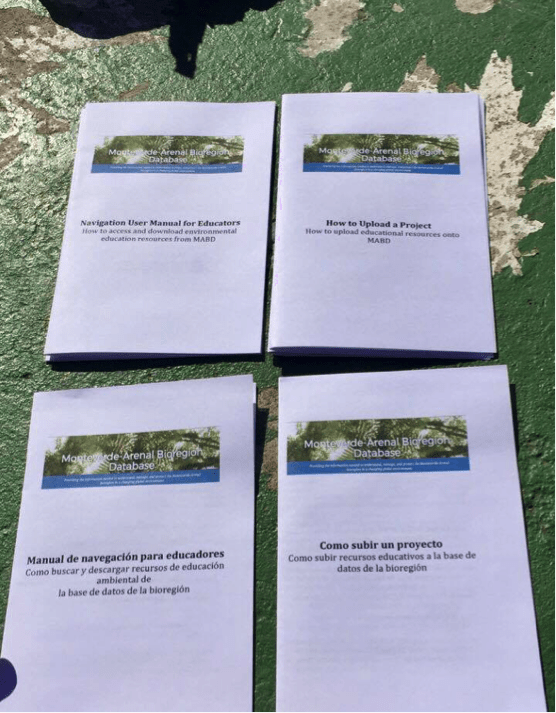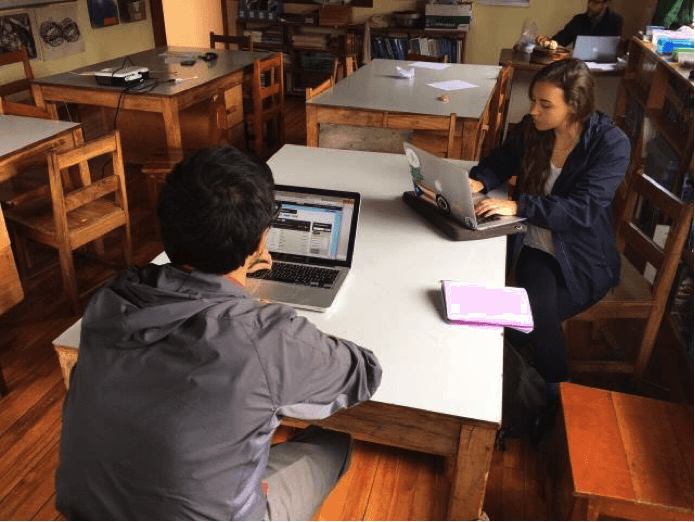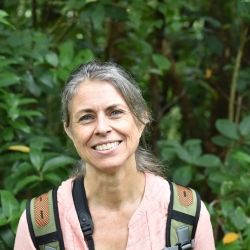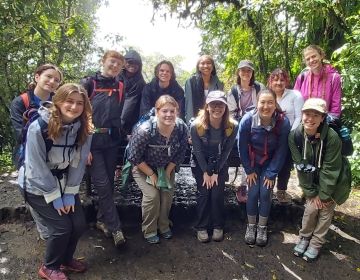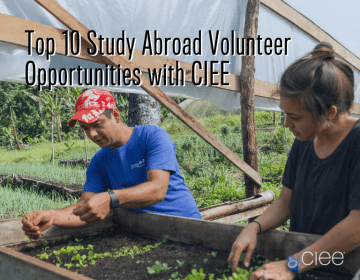Sustainability and the Environment Internship: Developing a Scientific and Educational Database for Monteverde, Costa Rica, by Jordan Pares-Kane, Cornell University
This past month, I worked with Carol Yang, a past CIEE intern, environmental educator and member of the Monteverde Arenal-Bioregion Database (MABD) Committee to develop a database that will serve as a central electronic hub for scientific, educational, and community resources in the Monteverde region. Our goals were to make available resources, research, and community projects related to conservation in Monteverde more accessible to the public, educators, and local organizations.
This internship in particular was interesting to me because it gave me the opportunity to contribute to the consolidation of so many local initiatives to make them more accessible and to encourage collaboration amongst researchers and educators. This database not only organizes all of the conservation resources in Monteverde, but also allows educators at the local schools such as the CEC or Monteverde Friends to utilize real local data and apply them in lesson plans for students. This allows students to learn more about the local environment such as Monteverde’s rich biodiversity or issues related to climate change. In addition, I was able to visit various sites around Monteverde throughout the course of this internship such as The Monteverde Institute, the Monteverde Cloud Forest Reserve, as well as local schools. I was able to meet various researchers, conservation activists, and local educators during these sites and learned all about what each of them hope to contribute to the database.
During the course of this internship, I uploaded 15 different educational resources/projects onto MABD. Most of the resources were collected from my various site visits and then adapted into lesson plans for students in different grade levels. For some of the projects, I generated handouts or lesson overviews to supplement the materials uploaded. I then uploaded the projects on the database with included project descriptions and objectives for students and attached various files (such as the handouts, lesson overviews, or a supplementary PowerPoint) and links (such as related videos or articles) for educators. Then, with the help of Carol, I created user manuals for educators. I made two different manuals; one with instructions on how to navigate the database, and one with instructions on how to upload a project. Both manuals are available in English and Spanish and were distributed to various sites.
The last part of my internship involved holding training sessions for educators at the CEC and Monteverde Friends School to show them how to utilize the database. I had two different sessions at each school with 2-3 attendees each. These sessions will hopefully help this project gain further momentum and continue developing in the future to encourage long-term success.
This internship contributed to the development of a library of conservation information of the area that promotes interdisciplinary and thematic approaches to environmental education in the region. By working on its development, I learned how to create educational resources related to conservation and gained better computer skills in the process of uploading materials. I was also able to improve my interviewing and presentation skills through the training sessions and site visits.
All of the products of this project support conservation efforts in various areas such as biodiversity and climate change in the Monteverde region by consolidating educational resources in an online database for public use and encouraging collaboration of conservation efforts amongst educators, researchers, and other community members. These kinds of efforts are often dismissed in importance, but are incredibly crucial components of conservation on both a global and local scale.
Related Posts
Happy Earth Day: Today and Every Day
Happy Earth Day! Every April 22, this global event comes around to remind us how precious our planet is, what sustainable efforts we can make to protect Earth, and that... keep reading
Top 10 Study Abroad Volunteer Opportunities with CIEE
Have you ever wondered if you could volunteer abroad? Perhaps you're looking into study abroad programs that provide international volunteer opportunities. If you’re itching to study abroad and truly make... keep reading
Recycling Internship with ADI San Luis
Written by Maya Peske (Cornell College), Internship in Sustainability and the Environment The road from San Luis up to Monteverde is well known by all of the people in the... keep reading
